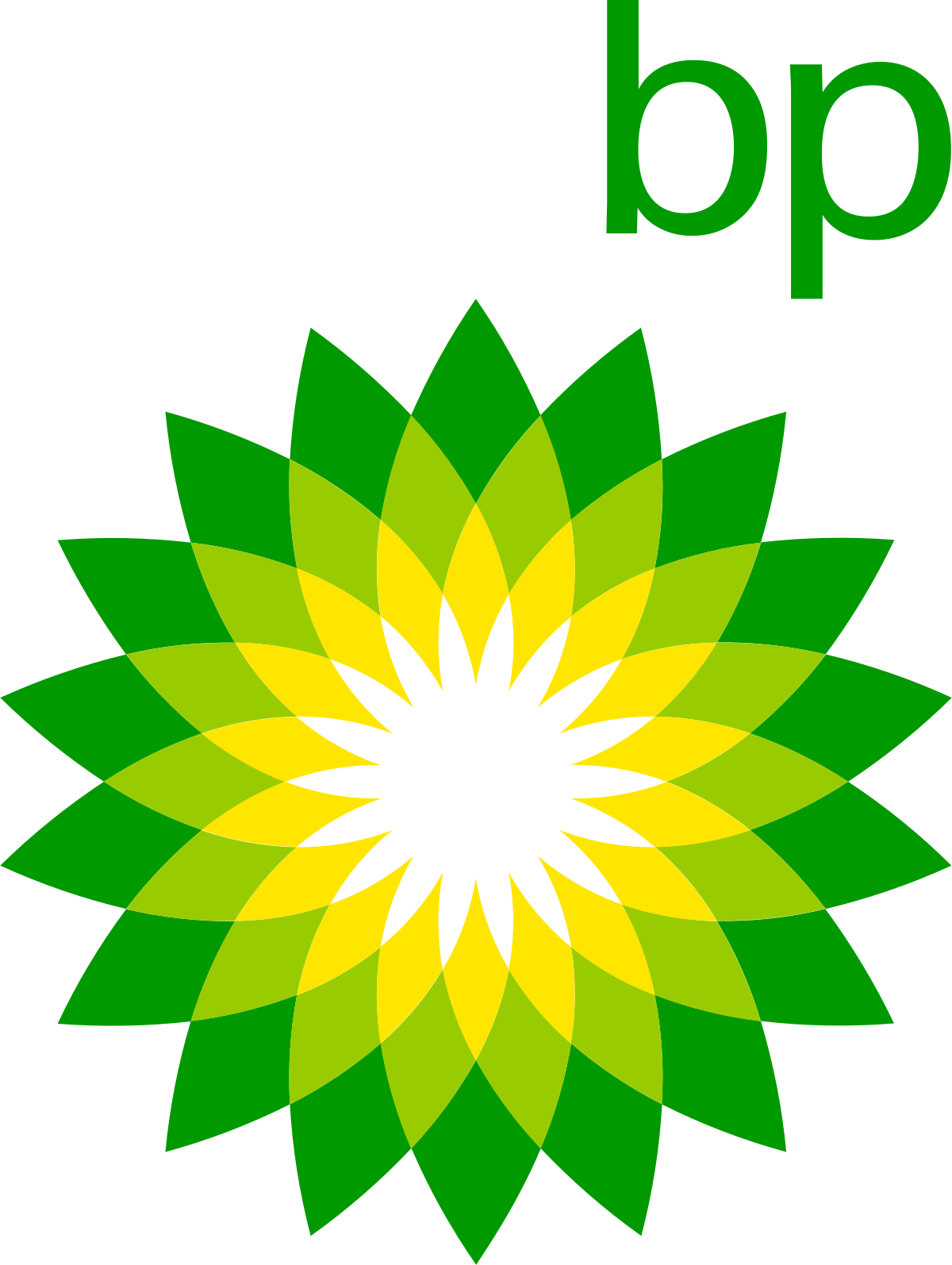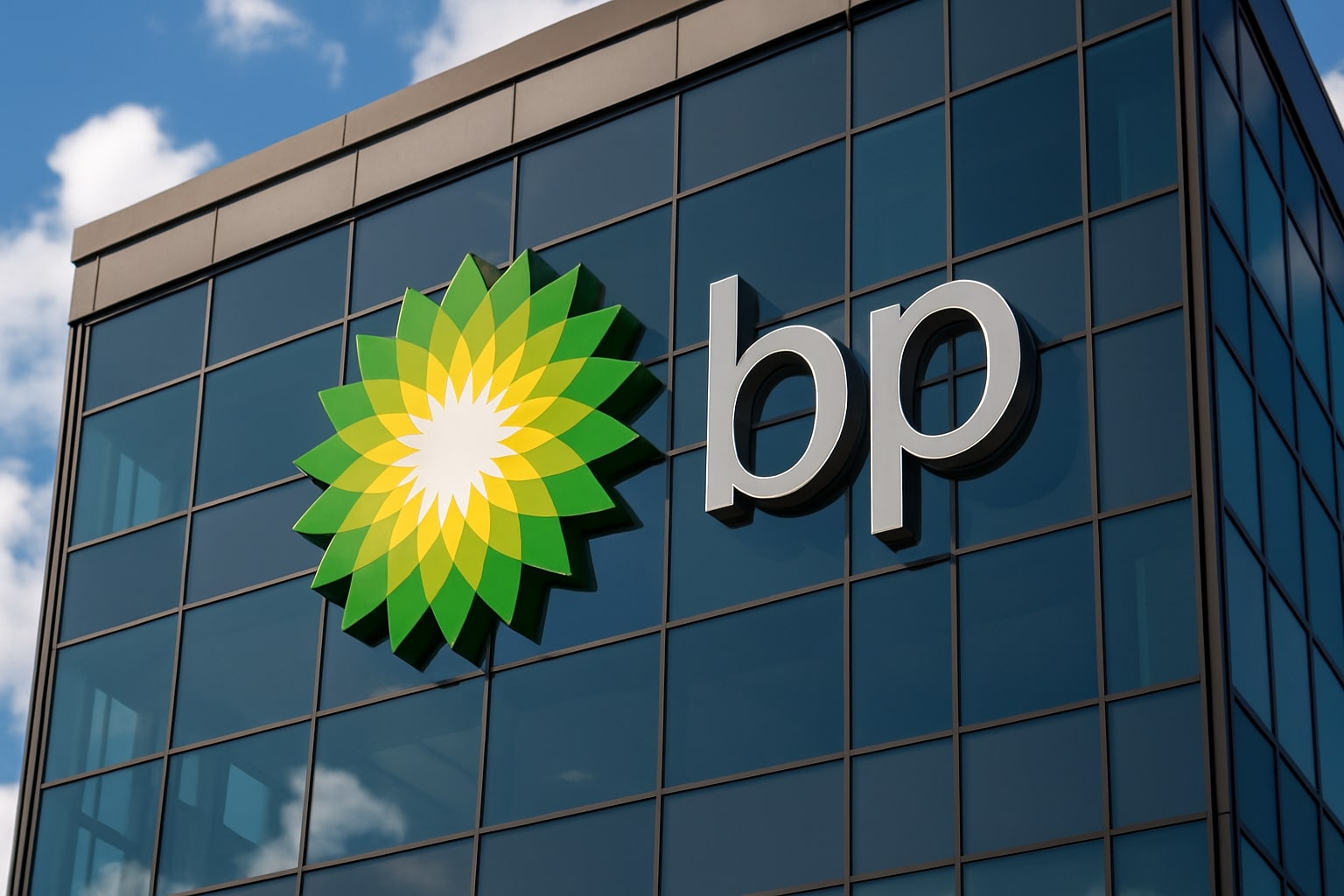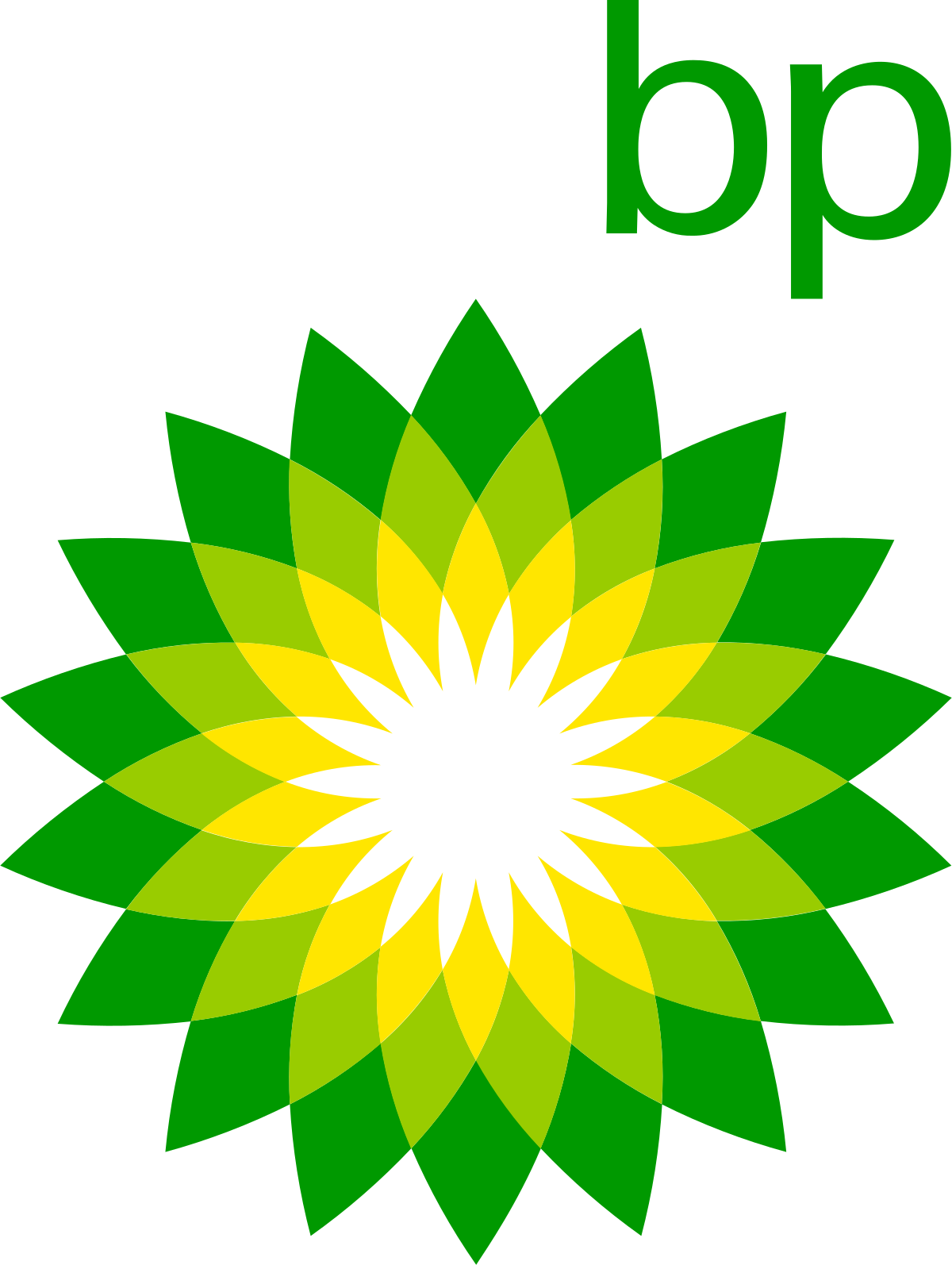BP PLC (NYSE:BP) Surpasses Earnings and Revenue Estimates in Q2 2025

- BP PLC (NYSE:BP) reported EPS of $0.90, beating the estimated $0.68, and revenue of $46.63 billion, exceeding the $40.43 billion forecast.
- The company's second-quarter profit of $2.35 billion surpassed the consensus forecast, showcasing its resilience amid global energy price fluctuations.
- BP announced a larger-than-anticipated dividend and a new $750 million share buyback, reflecting its commitment to shareholder value.
BP PLC (NYSE:BP) is a global energy company involved in oil and gas exploration, production, refining, and distribution. It competes with other major players like ExxonMobil and Shell. On August 5, 2025, BP reported earnings per share (EPS) of $0.90, surpassing the estimated $0.68. The company also reported revenue of approximately $46.63 billion, exceeding the estimated $40.43 billion.
BP's second-quarter profit of $2.35 billion, calculated using its preferred measure of underlying replacement cost profit, exceeded the $1.81 billion consensus forecast compiled by LSEG. This demonstrates BP's resilience amid global energy price fluctuations. The company's strong performance highlights its strength in upstream operations, as noted by its ability to surpass market forecasts.
BP's adjusted earnings per share for the second quarter of 2025 were 15.03 US cents, a significant increase from 8.75 cents in the first quarter. This performance surpassed the consensus estimate of 11.71 cents, although it was slightly down from 16.61 cents a year ago. The company also announced a larger-than-anticipated dividend and a new $750 million share buyback, reflecting its commitment to returning value to shareholders.
The company declared a dividend of 8.32 cents per share, marking a 4% increase year-on-year and surpassing the consensus forecast of 8 cents. BP's operating cash flow was reported at $6.27 billion, a substantial rise from $2.8 billion in the first quarter. Although slightly below the $8.1 billion from the previous year, it was above the expected $6.15 billion. Additionally, BP's net debt decreased by approximately $1 billion during the quarter, bringing it down to $26 billion at the half-year mark.
The company has a price-to-sales ratio stands at 0.45, suggesting that investors are paying 45 cents for every dollar of sales. BP's enterprise value to sales ratio is 0.65, and its enterprise value to operating cash flow ratio is 4.84, reflecting the company's valuation in relation to its cash flow. The debt-to-equity ratio of 1.22 indicates significant debt financing relative to equity, while the current ratio of 1.22 suggests a reasonable level of liquidity to cover short-term liabilities.
| Symbol | Price | %chg |
|---|---|---|
| YPFD.BA | 54775 | -0.18 |
| XOM.MX | 2111 | -0.9 |
| TGSU2.BA | 9400 | -2.93 |
| 2222.SR | 25.9 | 0 |

BP (NYSE:BP) Maintains Hold Rating and Plans Asset Sale to Serica Energy
- Jefferies maintains a "Hold" rating for BP (NYSE:BP) and increases the price target to 420 GBp.
- BP plans to sell its North Sea assets to Serica Energy for $232 million, expected to boost Serica's production and cash flow.
- The sale includes a 32% interest in the Culzean gas condensate field, enhancing Serica's exploration potential and aligning with its growth objectives.
BP (NYSE:BP) is a global energy company involved in oil and gas exploration, production, refining, and distribution. It competes with major players like ExxonMobil and Shell. On October 16, 2025, Jefferies maintained its "Hold" rating for BP, with the stock priced at $33.25. Jefferies also increased BP's price target to 420 GBp from 400 GBp, as highlighted by TheFly.
BP is planning to sell its North Sea assets, including stakes in the P111 and P2544 licenses, to Serica Energy for $232 million. This deal involves BP's 32% non-operated interest in the Culzean gas condensate field, the largest gas project in the UK North Sea. Serica Energy expects this acquisition to boost its production, cash flow, and exploration potential.
The transaction with Serica Energy is significant for both companies. Chris Cox, Serica's CEO, emphasized that acquiring BP's interest in the Culzean field would be transformative, adding substantial production and cash flows. The Culzean field is known for its modern platform, high uptime, and low emissions, making it a valuable asset for Serica.
Serica plans to finance the acquisition using cash flow from Culzean and its existing financial resources, including a $525 million reserve-based lending facility. The company is also considering a new acquisition facility to support its expanded portfolio. This strategic move aligns with Serica's growth objectives in the energy sector.
BP's stock is currently priced at $33.12, reflecting a 0.67% decrease with a $0.23 drop. The stock's daily range is between $33.04 and $33.55, with a 52-week high of $35.88 and a low of $25.22. BP's market capitalization is approximately $86.69 billion, with a trading volume of 1,994,884 shares.

BP (NYSE:BP) Analyst Actions and Market Speculation
- Price Target Set by Jefferies: A price target of $29 was set for BP (NYSE:BP), indicating a slight overvaluation at its current trading price.
- Downgrade to Hold: BP was downgraded from Buy to Hold by Jefferies, reflecting a cautious outlook on the stock.
- Share Buybacks and Capital Return Strategy: BP's strategy to return 30-40% of its operating cash flow to shareholders aims to provide a steady return on investment.
BP (NYSE:BP) is a major player in the global energy sector, known for its oil and gas production. The company is involved in various activities, including exploration, refining, and distribution of energy products. BP competes with other energy giants like ExxonMobil and Chevron. Recently, BP's stock has been in the spotlight due to analyst actions and market speculation.
On May 19, 2025, Giacomo Romeo from Jefferies set a price target of $29 for BP. At that time, BP's stock was trading at $29.76, indicating a price difference of approximately -2.55% from the target. This suggests that the stock was slightly overvalued according to Jefferies' analysis. Additionally, BP was downgraded to Hold from Buy by Jefferies, as highlighted by TheFly.
BP's shares saw a significant surge in May, driven by speculation about a potential takeover. Despite facing lower liquids realizations, BP reported decent earnings for the first quarter. The company maintained stable results in its oil production and continued to invest heavily in share buybacks, which can help support the stock price by reducing the number of shares available in the market.
BP has outlined a long-term capital framework, aiming to return 30-40% of its operating cash flow to shareholders. This strategy is designed to attract investors by providing a steady return on investment. BP's market capitalization is approximately $77.76 billion, with a trading volume of 6,912,263 shares, reflecting its significant presence in the energy market.
Currently, BP is trading at $29.76, with a decrease of 1.16% and a change of $0.35. Today's trading has seen a low of $29.51 and a high of $29.86. Over the past year, BP's stock has reached a high of $37.60 and a low of $25.22, indicating some volatility in its stock price.

BP Misses Q1 Earnings, Cuts Buyback, Shares Down 2%
BP (NYSE:BP) reported first-quarter results that missed analyst expectations and scaled back its share buyback program, leading to a more than 2% drop in its stock price intra-day today.
The British energy giant posted net income of $1.38 billion for the first quarter of 2025, falling 10% short of the $1.53 billion consensus estimate. Despite the earnings miss, operating performance was stable, with EBIT matching forecasts at $4.46 billion.
Cash flow from operations, excluding working capital changes, reached $6.2 billion—slightly above expectations—driven mainly by lower-than-anticipated cash taxes.
Looking ahead, BP expects upstream production to stay flat in the second quarter. However, the company warned of a sharp increase in downstream turnaround activity as it enters a heavier maintenance cycle, consistent with earlier guidance for a front-loaded year.
BP also adjusted its full-year plans, cutting capital expenditure guidance to $14.5 billion from $15 billion and projecting divestment proceeds between $3 billion and $4 billion, primarily weighted toward the second half of the year.

BP Misses Q1 Earnings, Cuts Buyback, Shares Down 2%
BP (NYSE:BP) reported first-quarter results that missed analyst expectations and scaled back its share buyback program, leading to a more than 2% drop in its stock price intra-day today.
The British energy giant posted net income of $1.38 billion for the first quarter of 2025, falling 10% short of the $1.53 billion consensus estimate. Despite the earnings miss, operating performance was stable, with EBIT matching forecasts at $4.46 billion.
Cash flow from operations, excluding working capital changes, reached $6.2 billion—slightly above expectations—driven mainly by lower-than-anticipated cash taxes.
Looking ahead, BP expects upstream production to stay flat in the second quarter. However, the company warned of a sharp increase in downstream turnaround activity as it enters a heavier maintenance cycle, consistent with earlier guidance for a front-loaded year.
BP also adjusted its full-year plans, cutting capital expenditure guidance to $14.5 billion from $15 billion and projecting divestment proceeds between $3 billion and $4 billion, primarily weighted toward the second half of the year.

BP’s Q4 Profit Plunges, but Shareholder Payouts Stay Intact
BP (NYSE:BP) reported a sharp decline in fourth-quarter profit as weaker refining margins, lower energy prices, and rising costs weighed on earnings. Despite the downturn, the company reaffirmed its commitment to shareholder returns with a dividend payout and a fresh buyback program.
For the final quarter of 2024, BP posted an underlying replacement cost (RC) profit of $1.2 billion, a steep drop from the $3 billion reported in the same period a year ago. The company also recorded a reported net loss of $2.0 billion, a significant swing from the $0.2 billion profit in Q3 2024.
Multiple factors contributed to the weak performance, including lower refining margins, sluggish fuel sales, and scheduled maintenance activity at refineries. While BP’s gas and low-carbon energy division saw an improvement from the prior quarter with $2.0 billion in underlying RC profit, earnings remained below year-ago levels. Meanwhile, the oil production and operations segment reported $2.9 billion in profit, supported by lower exploration write-offs but hampered by weaker realized prices.
Notably, BP’s customers and products division posted a $0.3 billion loss, as lower fuel margins and seasonal demand softness dragged on performance.
Despite the earnings slump, BP maintained its 8-cent-per-share dividend and announced a $1.75 billion share buyback for Q1 2025, underscoring its focus on returning capital to investors even in a challenging environment.

BP’s Q4 Profit Plunges, but Shareholder Payouts Stay Intact
BP (NYSE:BP) reported a sharp decline in fourth-quarter profit as weaker refining margins, lower energy prices, and rising costs weighed on earnings. Despite the downturn, the company reaffirmed its commitment to shareholder returns with a dividend payout and a fresh buyback program.
For the final quarter of 2024, BP posted an underlying replacement cost (RC) profit of $1.2 billion, a steep drop from the $3 billion reported in the same period a year ago. The company also recorded a reported net loss of $2.0 billion, a significant swing from the $0.2 billion profit in Q3 2024.
Multiple factors contributed to the weak performance, including lower refining margins, sluggish fuel sales, and scheduled maintenance activity at refineries. While BP’s gas and low-carbon energy division saw an improvement from the prior quarter with $2.0 billion in underlying RC profit, earnings remained below year-ago levels. Meanwhile, the oil production and operations segment reported $2.9 billion in profit, supported by lower exploration write-offs but hampered by weaker realized prices.
Notably, BP’s customers and products division posted a $0.3 billion loss, as lower fuel margins and seasonal demand softness dragged on performance.
Despite the earnings slump, BP maintained its 8-cent-per-share dividend and announced a $1.75 billion share buyback for Q1 2025, underscoring its focus on returning capital to investors even in a challenging environment.







